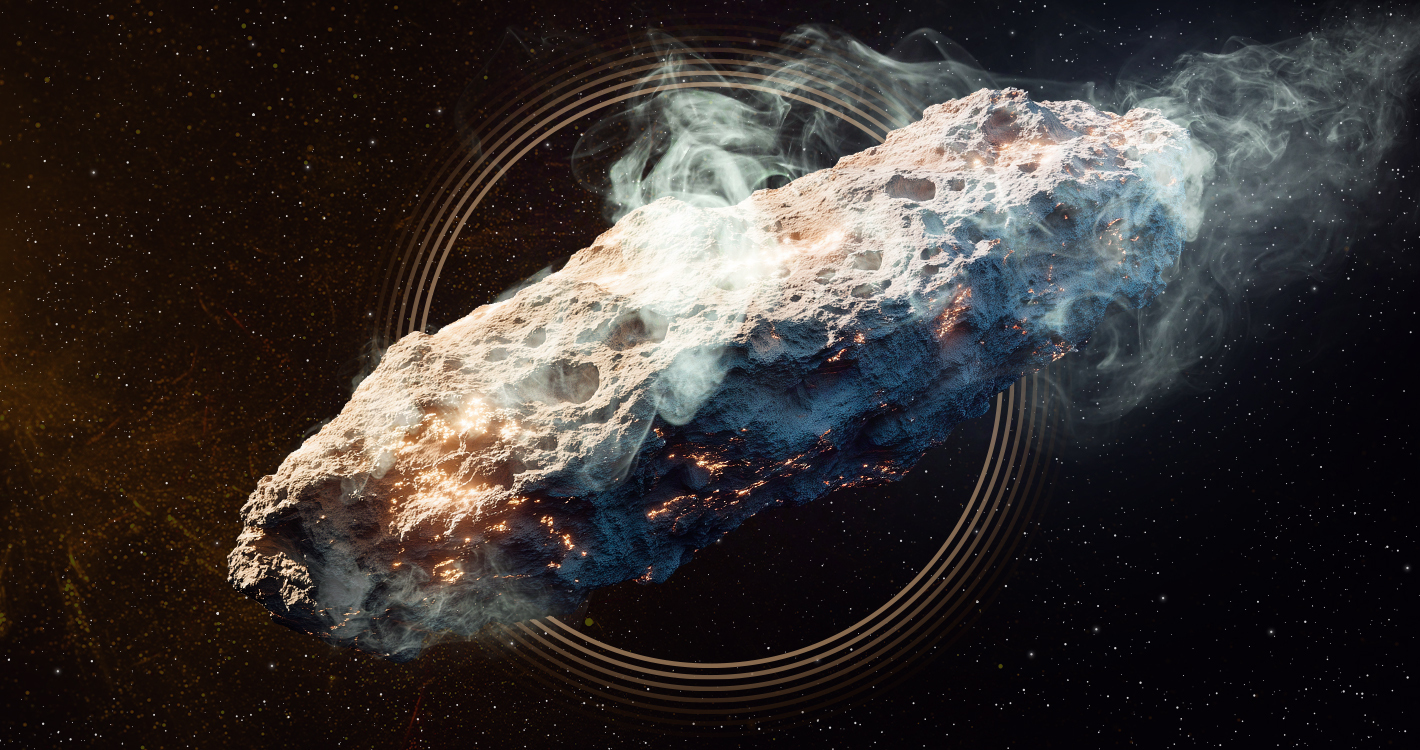The world awoke in panic as reports spread: a colossal object from beyond our solar system, dubbed 3I/ATLAS, has activated with previously unseen signals — and Elon Musk, in a short, fiery televised address, declared: “We will destroy it!”
Leaked satellite footage and early reports show that 3I/ATLAS no longer drifts like an inert rock. It emits coordinated energy pulses, reveals ship-like structures, and appears to respond to humanity’s attempts at surveillance. Daylight skies turned eerily dark as strange streaks of light appeared in near-Earth orbit.

Immediately after Musk’s declaration, a global science-and-defense alliance swung into action. Space agencies and military commands were placed on high alert. Commercial spacecraft and test rockets were rapidly repurposed for emergency missions; radar networks and observation satellites were retasked to track every movement of 3I/ATLAS. On the ground, emergency alerts blared, some governments ordered urgent mobilizations, and spaceports and launch facilities operated like hive minds.
Scientists cautioned that this would not be a simple bombardment. “If the object is an active, artificial structure with defensive capabilities, any attack could carry catastrophic second-order effects,” warned one leading astronomer. Orbital maps, impact simulations, and defense scenarios are being revised non-stop while engineers race to develop energy weapons and jamming systems under impossible time pressure.

Public reaction fractured into two camps: some hailed the defiant rhetoric and rallied behind an uncompromising posture, while others pleaded for restraint, warning of ethical consequences and the risk of global escalation. Rumors, conspiracy theories, and doctored videos flooded social media, forcing authorities to issue repeated official statements in an attempt to calm the public.
Meanwhile, millions streamed live coverage as headlines and emergency bulletins unfolded. Families clung to each other, prayed, or followed evacuation instructions broadcast by their governments. Night scenes at launch centers and command hubs — lit only by blinking consoles and frantic activity — resembled a film set for an apocalypse.

Yet experts urged calm and clear-headed decision-making: even in the face of existential threat, actions must be grounded in scientific data, international coordination, and rigorous risk assessment. “Fighting to survive does not justify hasty choices that could make things far worse,” a senior physicist cautioned.
The central question remains unresolved: is 3I/ATLAS an enemy, or simply an unknown phenomenon beyond our understanding? Will humanity’s pledge to destroy it be the last beacon of hope — or the trigger that plunges us into catastrophe? The world holds its breath as photos, telemetry, and hard choices arrive in the hours ahead.
Would you like this rewritten into a cinematic narration script, a detailed breaking-news article, or a short sci-fi story?